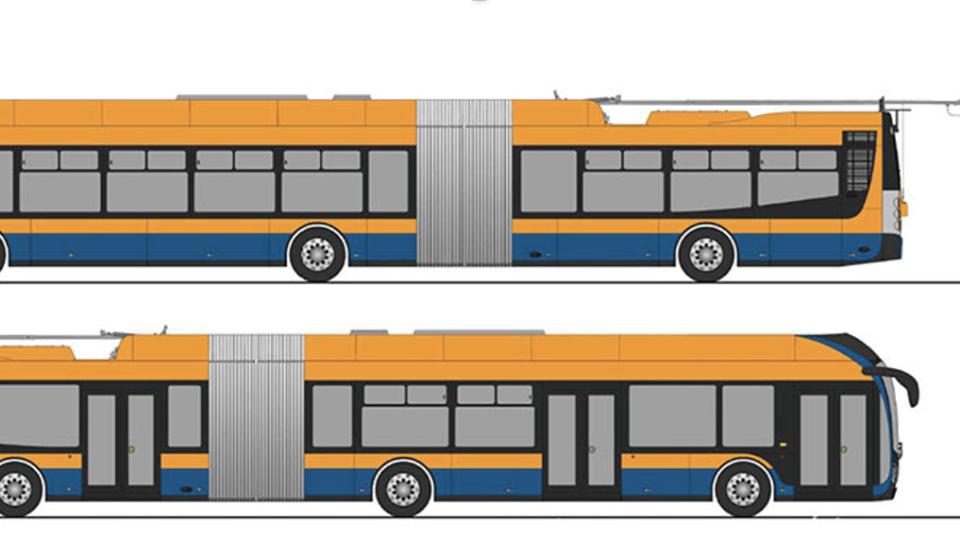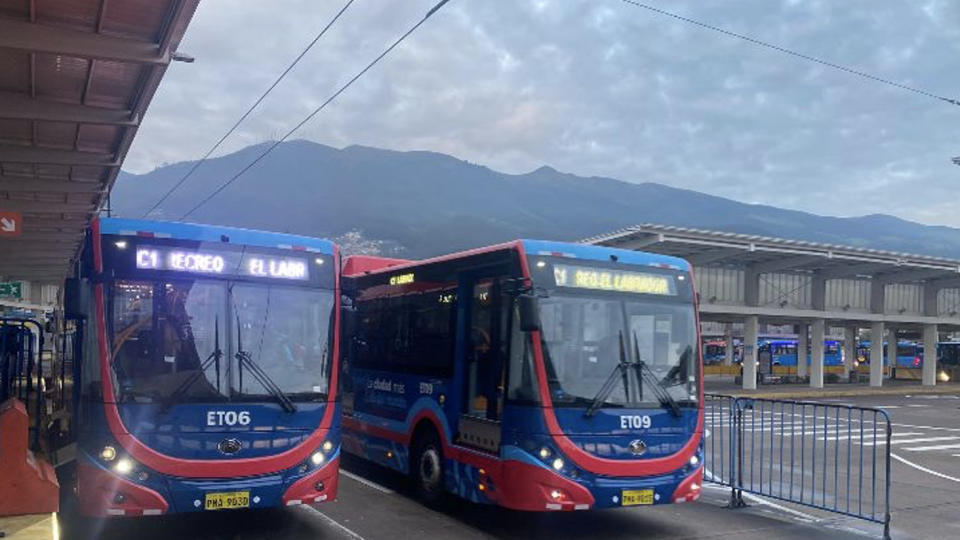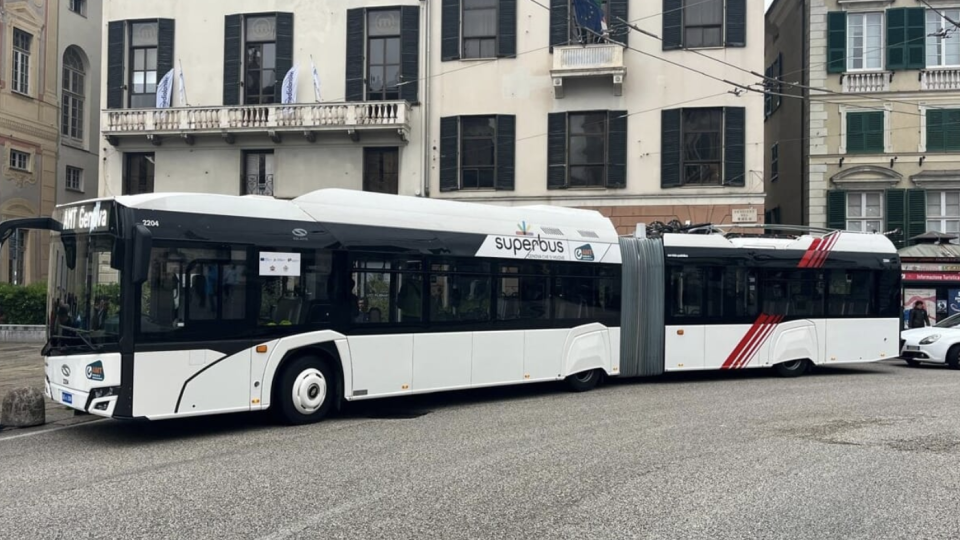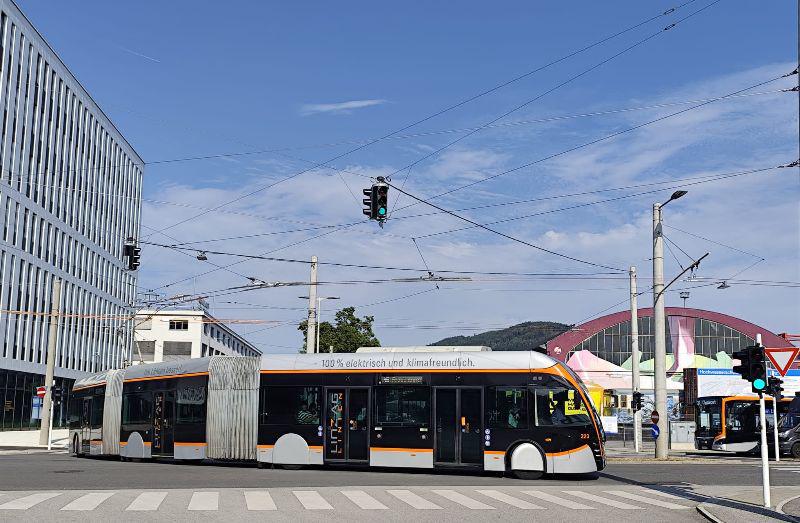Milano, Metro Line 4 arrives at San Babila: from the city center to the airport in 12 minuts
As of today, the blue line is moving forward. In fact, the two stations of Tricolore and San Babila have been opened for operation, which will be the provisional terminus pending the continuation to San Cristoforo, in the south-west of Milan. The new section is particularly important for the mobility strategy of the city of […]
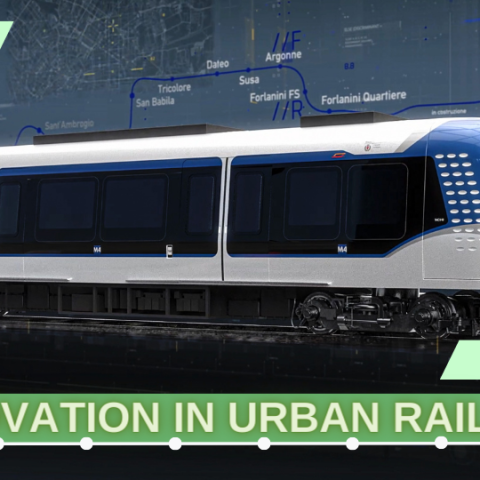
As of today, the blue line is moving forward. In fact, the two stations of Tricolore and San Babila have been opened for operation, which will be the provisional terminus pending the continuation to San Cristoforo, in the south-west of Milan. The new section is particularly important for the mobility strategy of the city of Milan: at San Babila it will be possible to connect with the ‘red’ metro line 1, thus improving the connection with the existing network, as well as with the railway link, and allowing passengers to reach Linate airport from the city centre in just 12 minutes, compared to the approximately 30 minutes required with the bus 73.
There are now eight stops on the blue line, including the terminus, out of a total of 21 planned for completion in 2024, creating a new diametrical route through the city. All are equipped with lifts, escalators and a defibrillator.
Operating hours will be from 6 a.m. to 10 p.m., with an extension on weekends until 0.30 a.m. During the night, it will be possible to travel on the same route thanks to the new NM4 surface line, which from Linate airport will make the same stops as the Metro 4, as far as Piazza Tricolore, to then continue to Largo Augusto, Via Larga and end near Piazza Duomo , in correspondence with the night lines N15,N24,N27, NM1,NM3.

Milano, Metro 4 in detail
Another 9 trains are available for the new service, in addition to the 5 (ATM 4400 series) already in operation since 26 November 2022, with the opening of the first section from the airport to Piazzale Dateo. The trainsets, built by Hitachi Rail, follow the ‘driverless’ model already present in Italy, in Milan, with Line 5 ‘Lilla’ (in operation from Bignami to San Siro), in Brescia as well as in Copenhagen and other cities around the world such as Riyadh and Honolulu. The planned fleet for Line 4 is 47 trains
Each train has four bodies, approximately 50 metres long, with five bogies, four of which are motorised and one load-bearing. They are equipped with a real-time video system connected to the PCO (Central Operations Centre), where all the automatic operational activities are carried out to manage the flow of trains and control the entire system. They have ample accessibility and spaces designed specifically for the connection to and from Linate airport.
Hitachi also supplied the ATC signalling system, based on CBTC driverless technology, with benefits for passengers in terms of reliability and safety. In fact, this system guarantees a high level of flexibility, allowing the number of trains on the line to be varied according to requirements throughout the day, in full compliance with the strictest EU safety standards both on board and in the station, also thanks to the presence of automatic platform doors.
In addition to the signalling system, Hitachi carried out all the activities concerning the installation of the third feeder rail, telecommunication technologies and charging and access control systems.
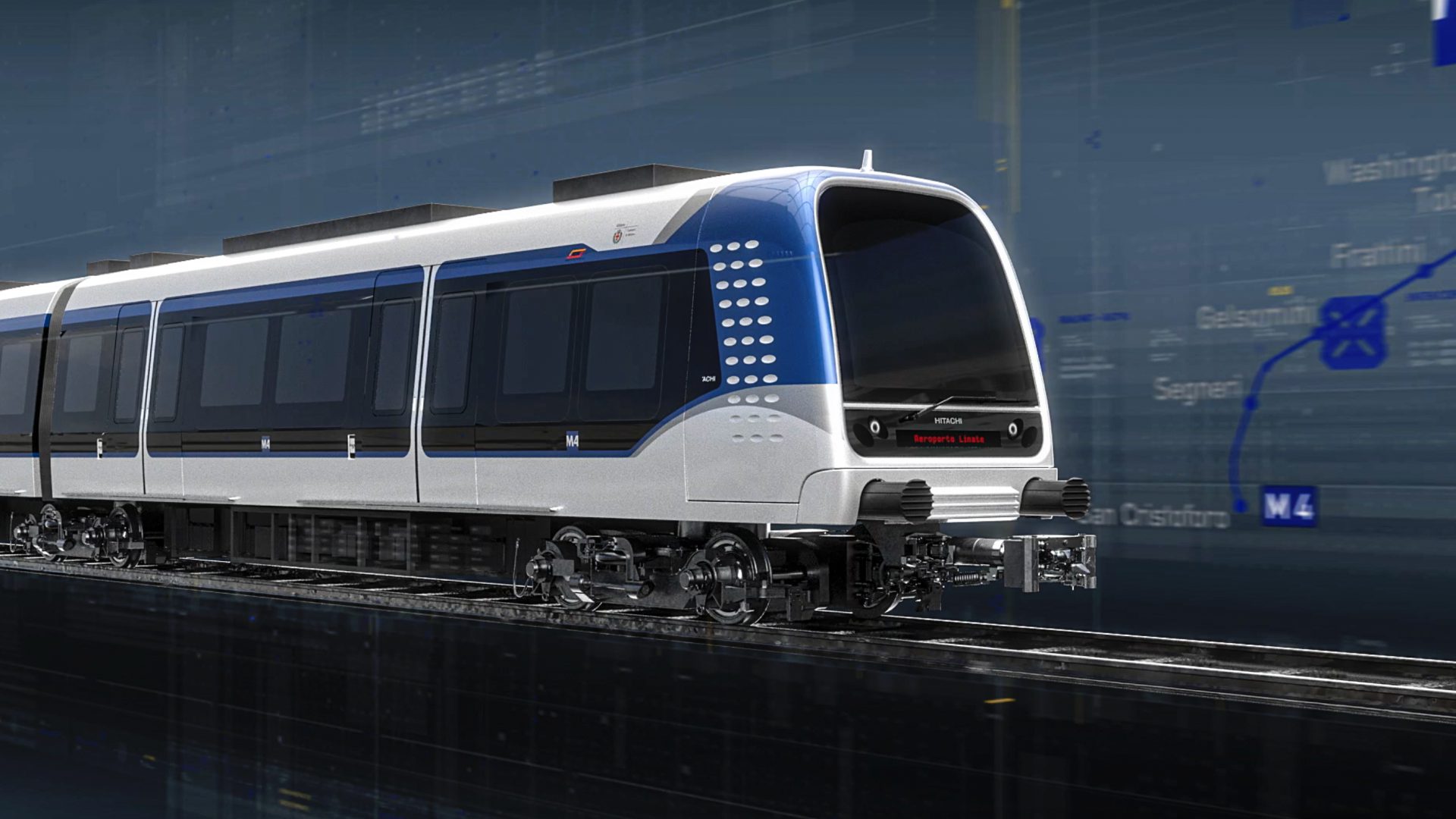
When fully operational, a train is scheduled to run every 180 seconds during peak hours, and each train can hold approximately 500 people. It is estimated that, on completion of the line, 300,000 passengers will be transported daily, with a forecast of 90,000,000 passengers per year. 4.43 million car journeys in Milan will be avoided, guaranteeing an annual reduction of 10,310 tonnes of CO2 and 1,511/kg of particulate matter in the air (PM10).
The surface areas touched by Line 4 have undergone aesthetic redevelopment. Piazza San Babila, has been transformed into a pedestrian area, connecting the two sides of the square and extending as far as Largo Toscanini. Piazza Tricolore was also redeveloped.
For 73% of businesses in Milan, the opening of the new stretch to San Babila will bring benefits. In short, this is good news for Milan’s service sector activities. This was revealed by the survey carried out by Confcommercio Milano (data processed by the Studies Office) to which a total of 768 companies responded (80% in the Milan area: most responses from non-food retail, 21%; agency and representation activities 19%; catering and business services 12%). 73% of businesses in the Milan city area believe that the extension of the M4 – and then its finalisation – will have a positive economic impact. This percentage rises sharply – 87% – for operators living in the vicinity of the Metro 4 line where, in any case, the inconveniences of the construction site have been experienced over the years (which now persist particularly in the Sant’Ambrogio-De Amicis area). More than EUR 6.4 million have so far been disbursed to companies through municipal tenders.
“For the entrepreneurial system,” says Carlo Sangalli, president of Confcommercio, “the connection of Metro 4 between Linate and San Babila is an important result that strengthens Milan’s attractiveness. Milan’s service sector companies in particular expect a positive economic impact that could alleviate the losses and inconveniences suffered due to the construction sites opened in recent years. Next objective: to connect Malpensa with high-speed trains for an increasingly global Milan’.
“The connection to San Babila will allow Milan’s citizens to leave their cars at home even to go to the airport,” comments Luca D’Aquila, COO Hitachi Rail Group and CEO Hitachi Rail Italy. “This is therefore an absolutely important milestone for the city, with an important impact in terms of reducing traffic and air and noise pollution. Enabling citizens to reach Linate airport in twelve minutes from the centre by metro means giving Milan an incentive in favour of public transport, in people’s mobility choices. For us, supporting cities and operators in the challenge of decarbonisation means providing passengers with technologies and vehicles that can make journeys, both urban and long-distance, safe, fast and comfortable; Milan’s M4 goes precisely in this direction.” Once the line is completed, there will be 4.43 million fewer car journeys each year in Milan.




